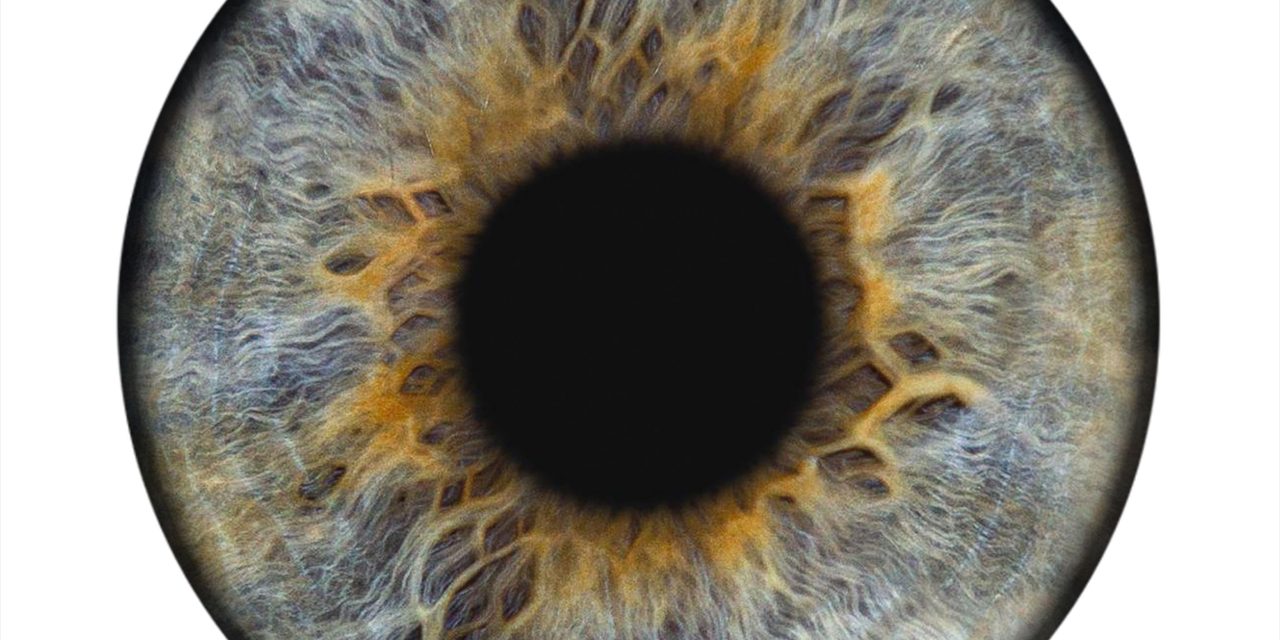Iris intraocular implants were developed to manage congenital or traumatic iris defects. However, they are also used to change the color of patient eyes. The aim of this retrospective series was to report complications in patients managed in France after cosmetic implantation.
Ophthalmological institutions and private ophthalmologists in France.
Multicenter retrospective observational study.
Questionnaires were sent to all ophthalmology departments in university hospitals and to private ophthalmologists. This questionnaire listed demographic and clinical data for each implanted eye with a focus on safety, the description of ocular complications (corneal edema, endothelial cell loss, increased intraocular pressure, and intraocular inflammation), and the therapeutic management implemented.
Forty-four questionnaires (87 eyes) were collected, and ultimately, 33 questionnaires (65 eyes) were considered complete and analyzed. Two types of implants were identified. Of the 65 eyes analyzed, only 5 eyes (7.7%) did not experience any complication and 60 eyes (92.3%) had at least 1 complication. The most commonly reported complication was corneal decompensation (78.5%). The diagnosis of glaucoma was made in over half (52.3%) of the cases. Explantation was needed in 81.5% of cases. The mean final visual acuity was 0.45 ± 0.08 logarithm of the minimum angle of resolution (logMAR) (0 to 2 logMAR).
Several ocular complications with a decreased mean visual acuity were described in a young healthy population. In addition, patient information on the safety of this procedure appeared insufficient.
Complications of cosmetic iris implants: French series of 87 eyes.


